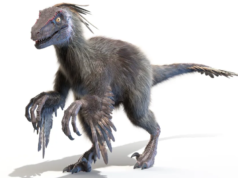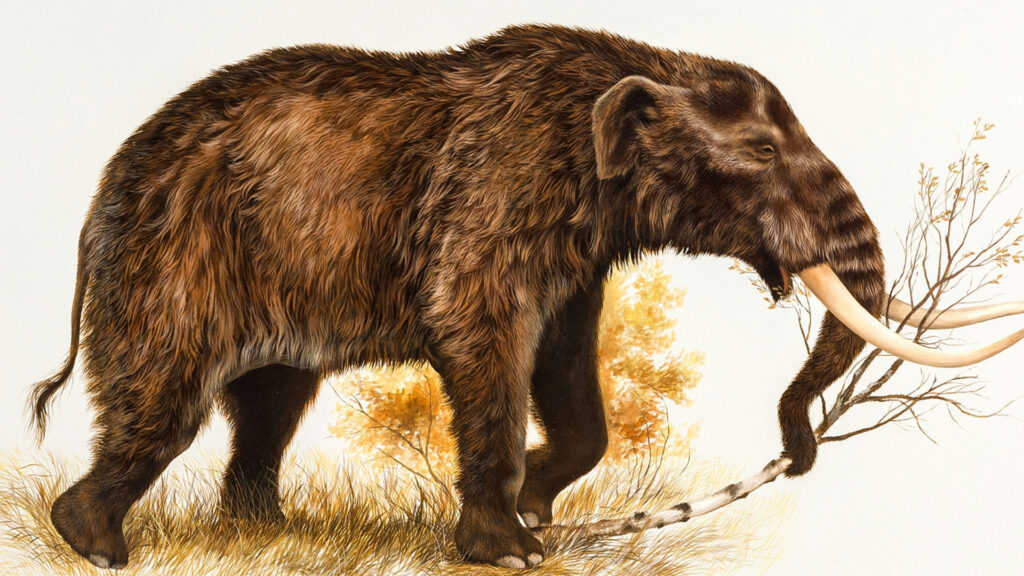
North America has been home to some of the most fascinating and formidable animals throughout history. From the Ice Age to prehistoric times, the continent teemed with diverse wildlife, including massive predators, unique herbivores, and extraordinary adaptations that helped these creatures thrive in their environments. Many of these animals, such as the saber-toothed cat and the woolly mammoth, are now extinct, leaving behind fossils and stories of their existence. Exploring these ancient species provides a glimpse into a world long gone but still captivating.
1. Saber-toothed Cat
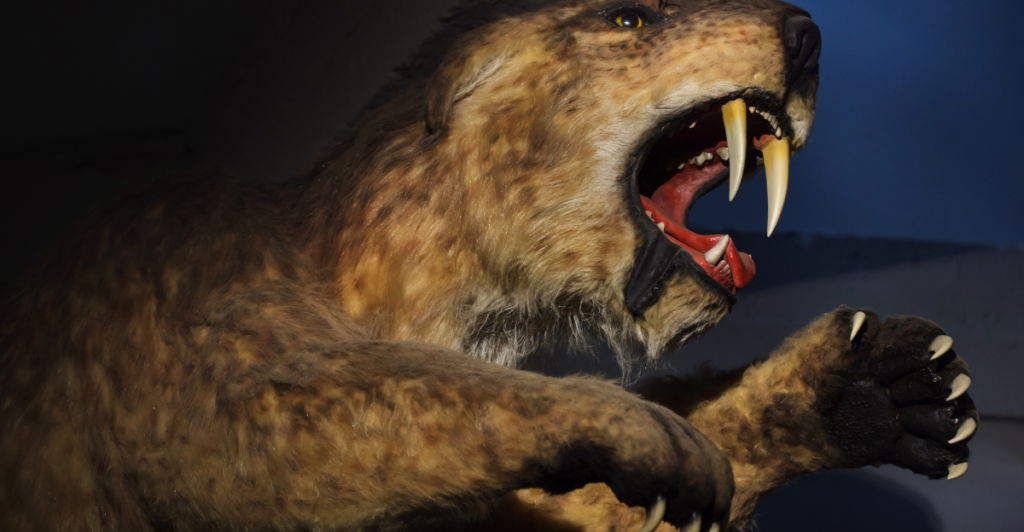
The saber-toothed cat (Smilodon fatalis) lived about 400,000 to 11,000 years ago. With serrated canine teeth nearly 7 inches long, this big feline was built for hunting. Weighing up to 620 pounds, it was as large as today’s lions but with shorter, stronger limbs.
2. Ice Age Coyote
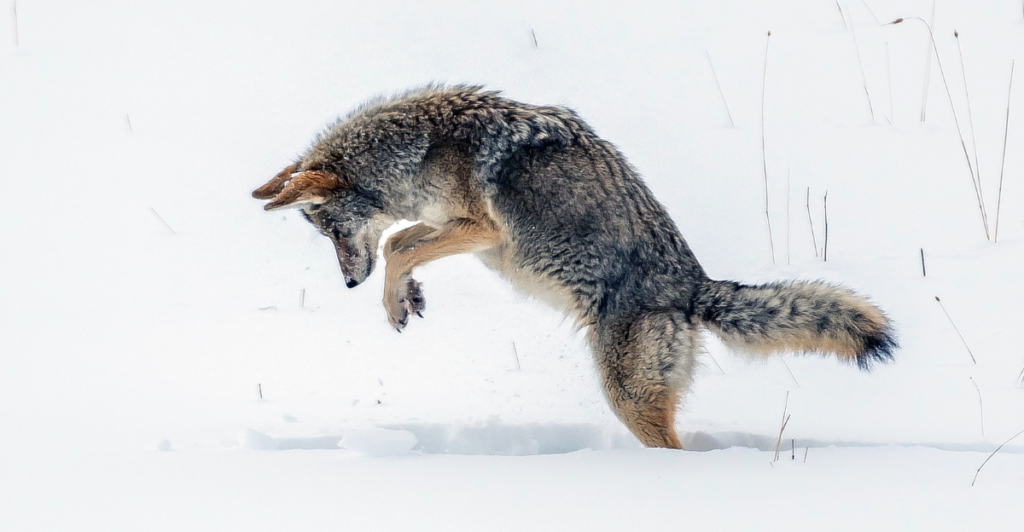
The Pleistocene coyote (Canis latrans orcutti) was much larger than its modern relatives, weighing up to 55 pounds. With robust teeth and a deeper skull, it was more carnivorous than today’s coyote, preying on larger animals during its time.
3. Ancient Bison
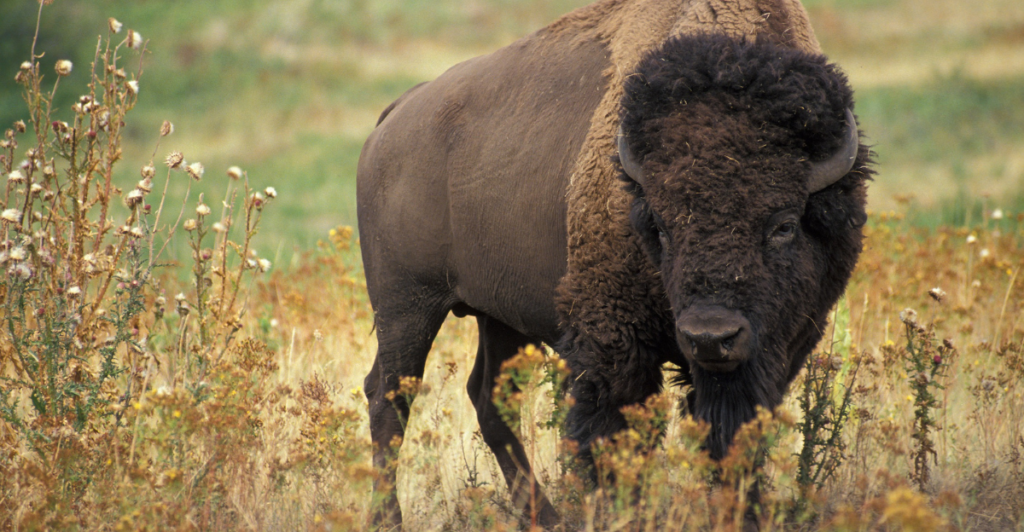
Bison antiquus, the ancestor of modern bison, was 25% larger. This herbivore, which lived 240,000 to 10,000 years ago, grew up to 15 feet long and weighed 3,500 pounds, with impressive long horns for defense.
4. Ancient Walrus
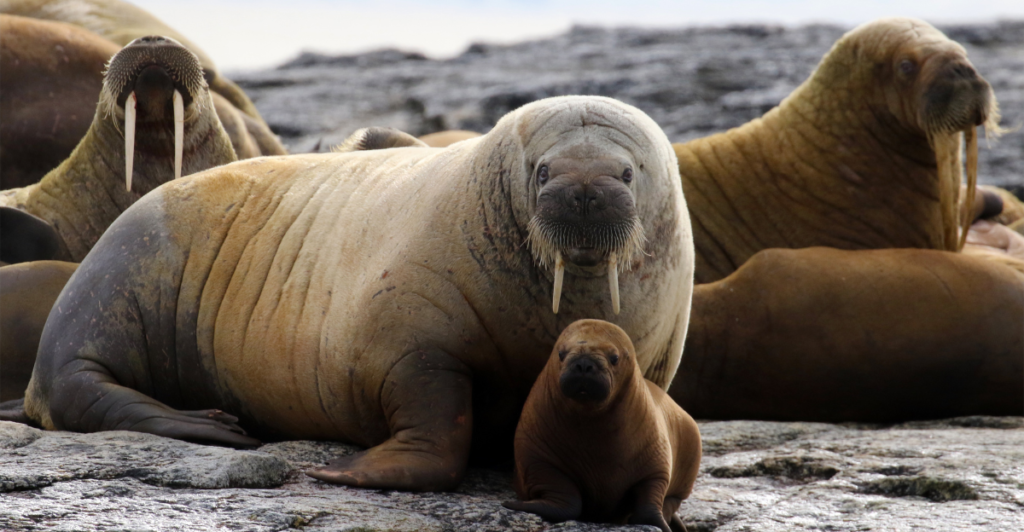
Gomphotaria pugnax, an extinct walrus, roamed 8.5 to 5 million years ago. It used long canine tusks to dig through sediment for food. This large pinniped was a powerful swimmer in shallow waters.
5. Scimitar-toothed Cat
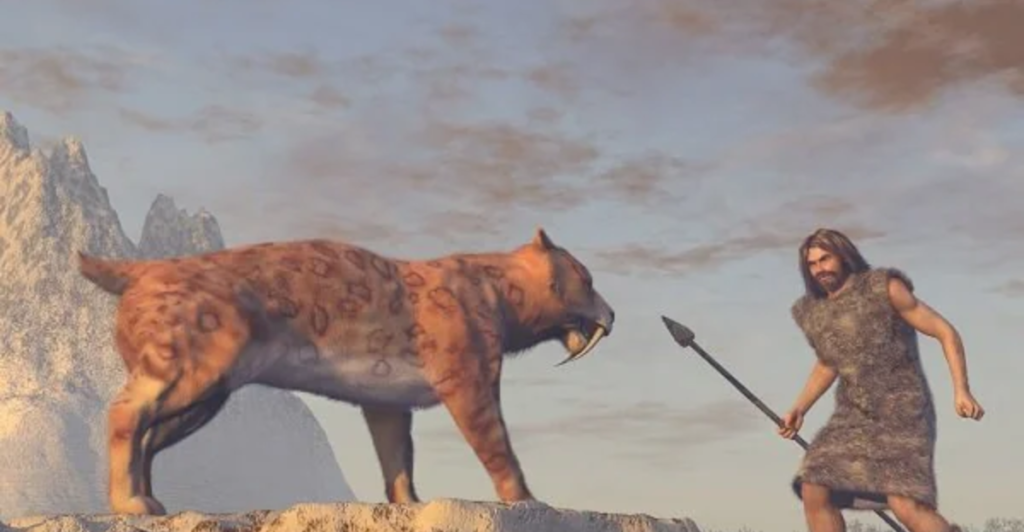
Homotherium, or the scimitar-toothed cat, was a deadly predator during the Pleistocene epoch. Its powerful forelimbs, sharp teeth, and keen vision made it an efficient hunter across North America.
6. North American Horses
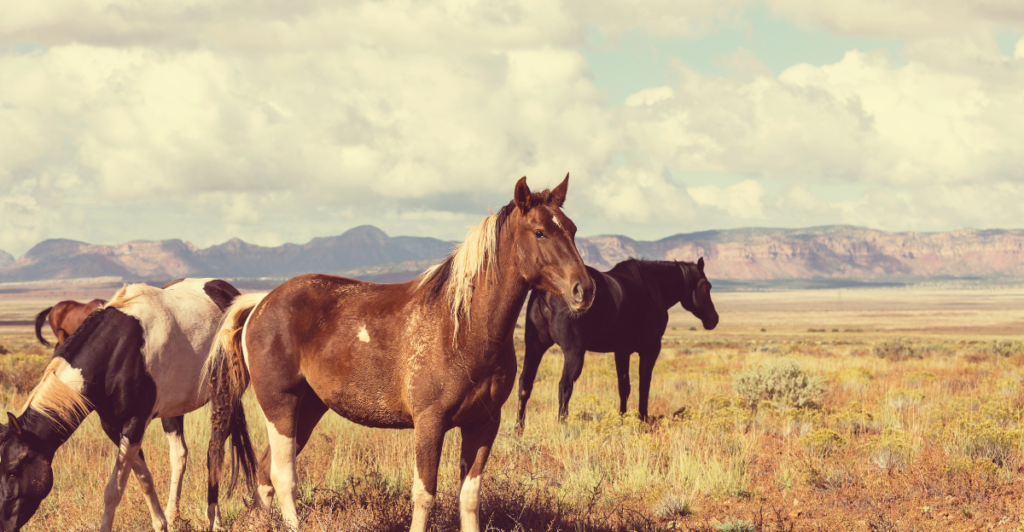
Ancient horses thrived in North America for millions of years, disappearing around 11,000 years ago. These early horses eventually migrated to other continents, leaving behind their legacy for modern species.
7. Glyptodon
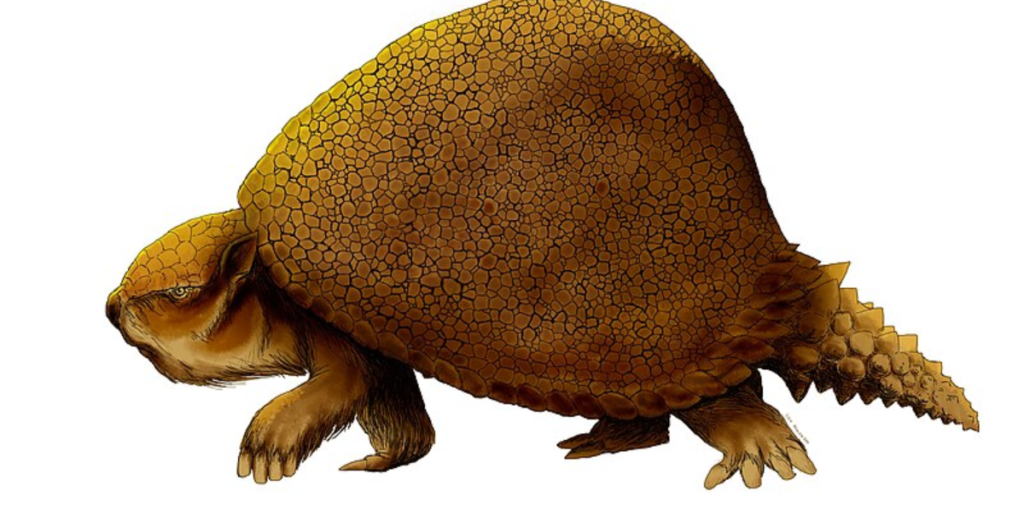
Glyptodon, a one-ton armored giant, was a relative of the armadillo. It migrated to North America from South America 2 million years ago and thrived until its extinction 10,000 years ago.
8. Mastodons
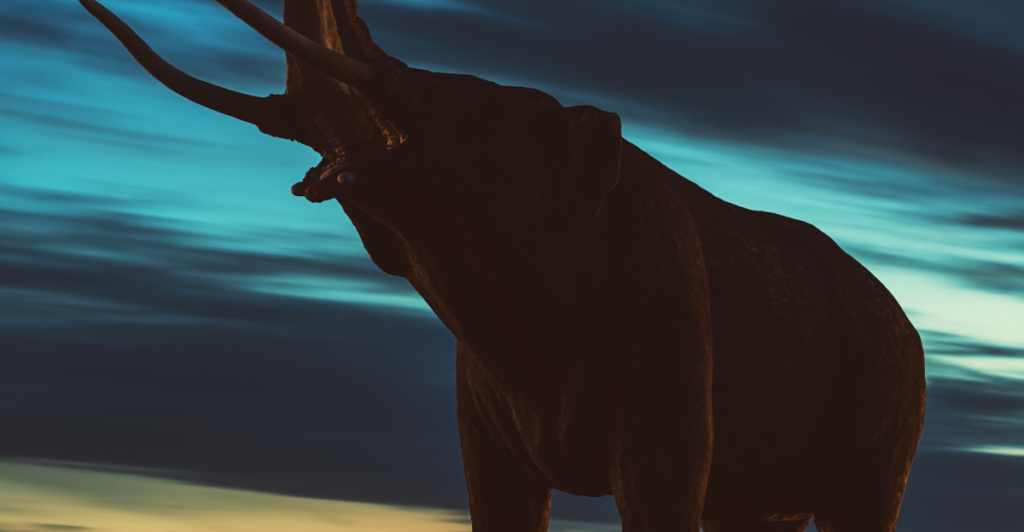
Mastodons (Mammut) entered North America 15 million years ago. Known for their cone-shaped teeth and 16-foot tusks, these shaggy giants roamed forests and wetlands, eating leaves and branches.
9. Mammoths
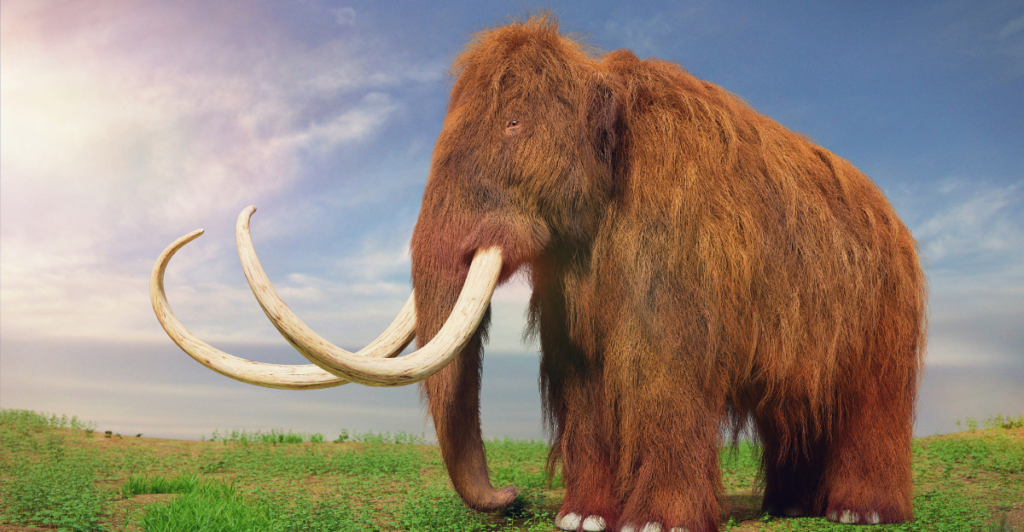
Mammoths (Mammuthus) arrived about 1.7 million years ago, resembling today’s elephants. With flat molars for cutting vegetation and fatty humps for warmth, they thrived in icy climates before their extinction.
10. Short-faced Bear
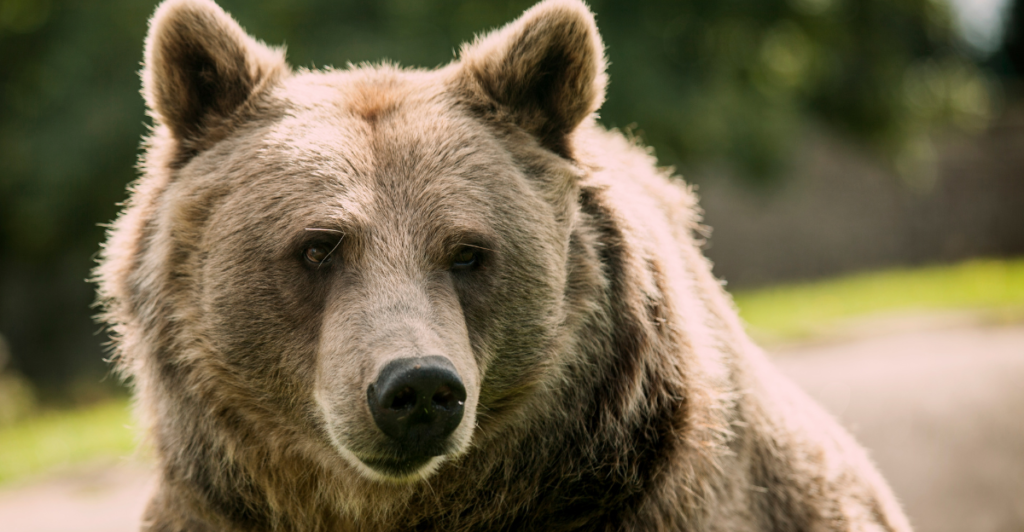
The short-faced bear had limbs one-third longer than modern grizzlies, giving it the appearance of a bear on stilts. Its long legs suggest it might have been a fast runner, though its hunting habits remain uncertain.
11. Dire Wolf
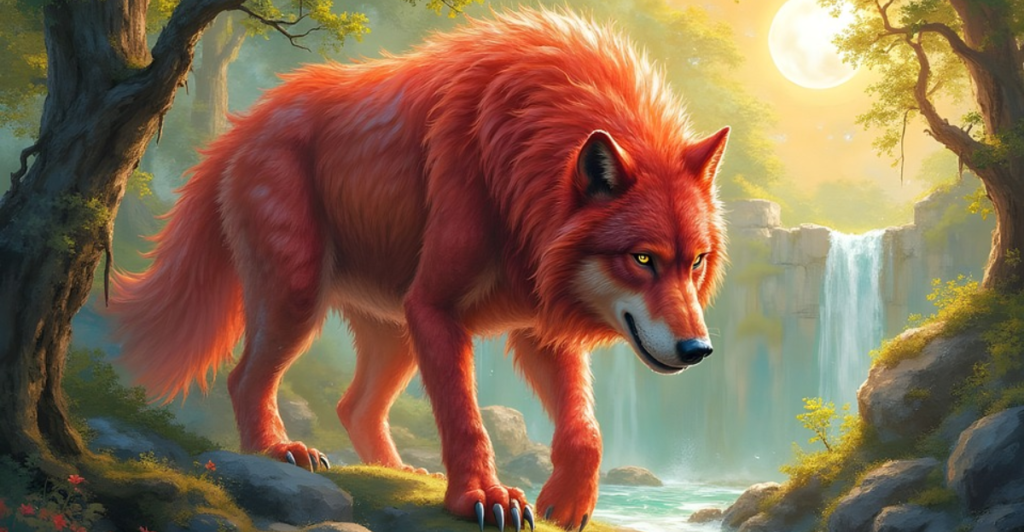
Dire wolves (Canis dirus), extinct for 13,000 years, were heavier but slower than today’s gray wolves. Found in places like the La Brea Tar Pits, these predators were a formidable presence in ancient ecosystems.
12. American Lion
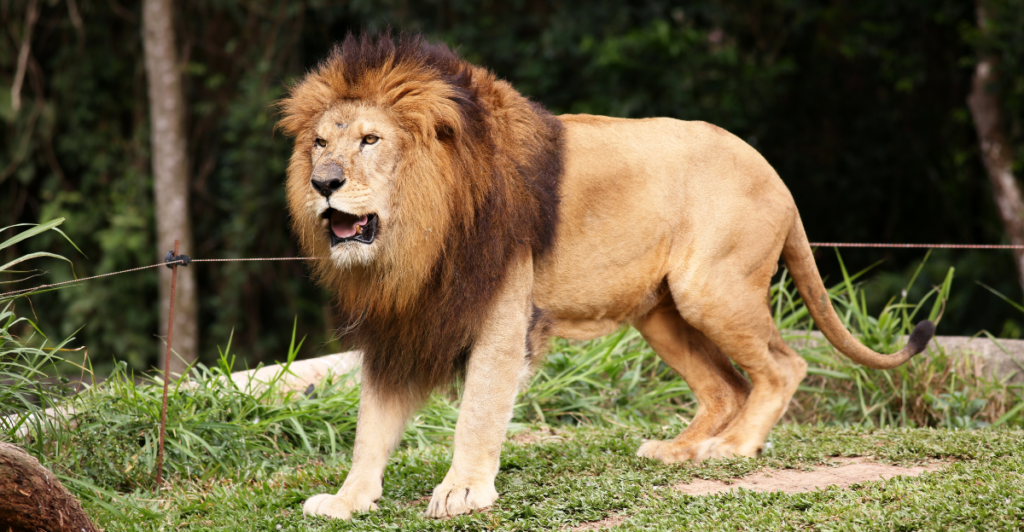
The American lion (Panthera atrox) was one of the largest cats ever, weighing up to 900 pounds. Found in North America 340,000 to 11,000 years ago, it hunted large prey using its immense size and strength.
Discover more of our trending stories and follow us to keep them appearing in your feed

Meet the Massive Crocodiles That Make Their Homes 40 Feet Underground
Deepest Hole On Earth Permanently Sealed After 2 Billion Year Old Discovery
11 Prehistoric Animals We’re Glad Are Extinct
Scientists Unveil Groundbreaking Insights into Woolly Mammoth Extinction – What Really Happened?
Stay connected with us for more stories like this! Follow us to get the latest updates or hit the Follow button at the top of this article, and let us know what you think by leaving your feedback below. We’d love to hear from you!




